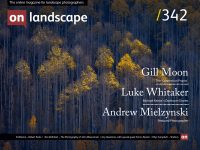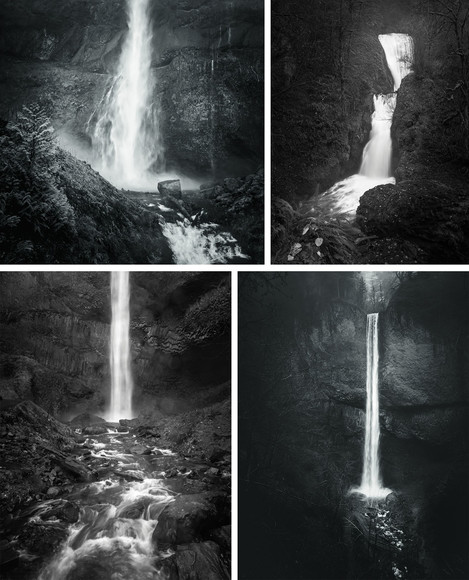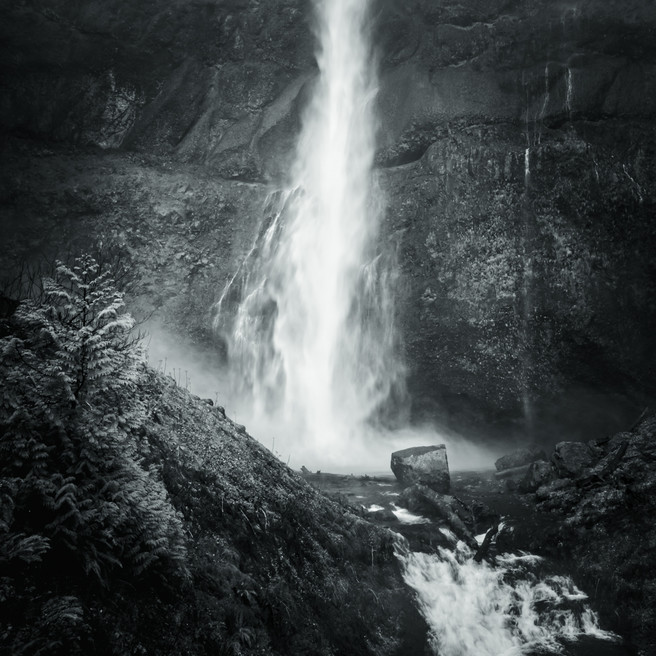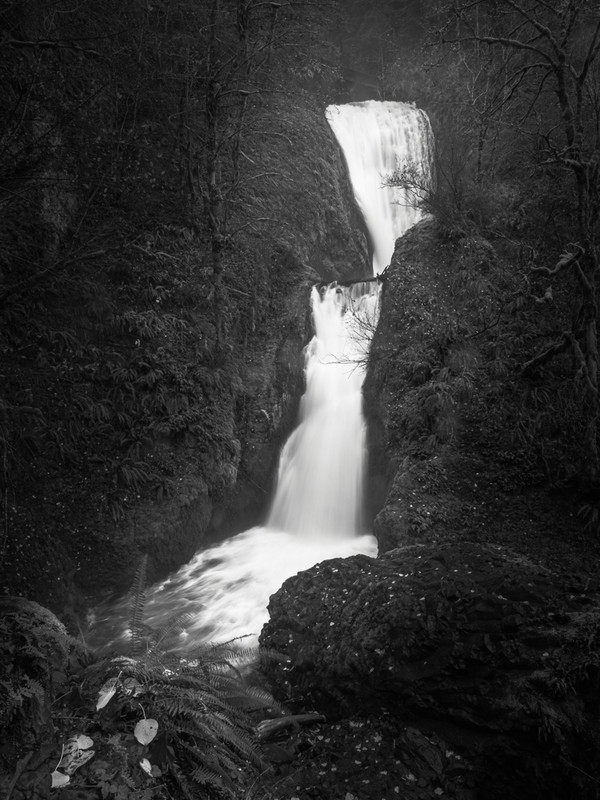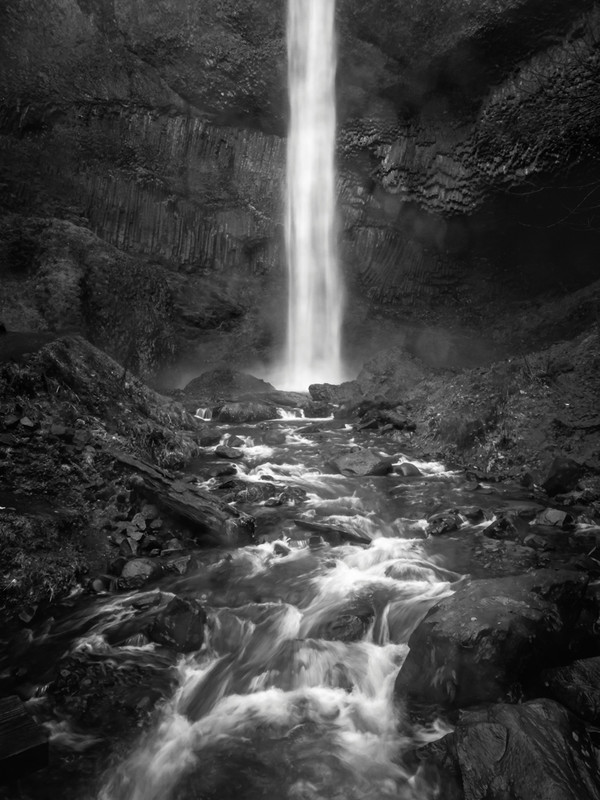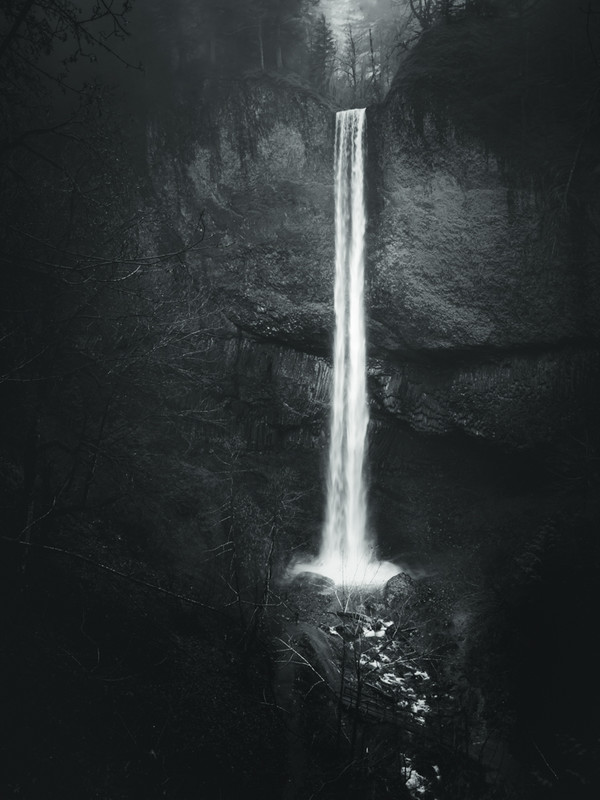Ian Meades

Ian Meades
Outdoorsy person and lover of strong black coffee, I first found a nascent enthusiasm for landscape photography back in the 1970s, wandering Richmond Park outside London with a Kodak 110 Instamatic. Fast forward 40 years, and I rediscovered the joys of wandering the land with a similarly diminutive camera format, this time manufactured by Olympus. I recently retired from a career in geophysics, where I spent most of my time imaging the interior of the earth. I now reside in Washington State, where I spend much of my time imaging the surface of the earth. I guess common themes thread through my life!
Much of the boundary between the Pacific Northwest states of Washington and Oregon is defined by the Columbia River on the final leg of its epic 1,200 mile journey from the Canadian Rockies to the Pacific Ocean. It cleaves a deep gorge for 80 miles east-west through the Cascade Mountain Range, aided in the past by cataclysmic Ice Age floods that left impressive basalt cliffs towering thousands of feet above the river. It makes for an inspiring road trip to drive one of the highways that run along either side of the river: They traverse a diverse range of ecosystems, from a near-desert environment of grasslands on the rain-shadowed east side of the Cascades, to temperate rainforest on the west side. Incised back from the main gorge are numerous side canyons, and these host the hundreds of waterfalls that the gorge is renowned for. Spring and summer months see tourists flock to the region to view the more spectacular falls that are fueled by snow melt from the Cascadian peaks.
If anything in nature could be described as Gothic in architecture, these canyons would qualify - often deep and narrow, terminating in soaring cascading torrents forming an altar backdrop. The sound of the larger falls thundering into the basalt and echoing off the canyon walls would drown out any human choir. This is all very photogenic for sure, but for a solitary and more subdued experience without the crowds, consider visiting during the depths of the winter months. The skies are likely to be overcast and if it’s not raining, chances are it’s snowing. This of course makes for more challenging photography, but also the potential for more rewarding results. Altogether a darker, shadowy and more mysterious experience. Little of the verdant green of summer remains, except for the velvety mosses coating the branches of leafless trees and wetted rocks.
The long-fallen leaves now coat the ground in a mosaic of matted and forlorn browns. Their decomposition perfumes the air with a solemn mustiness. If the architecture of the canyons and falls evokes Gothic, then the winter aesthetic could be described as Goth - mist-shrouded and melancholic, stark basaltic blacks and greys dominate, making a black and white photographic approach seem quite appropriate (and perhaps nodding to the subculture found in the near-by city of Portland!).

